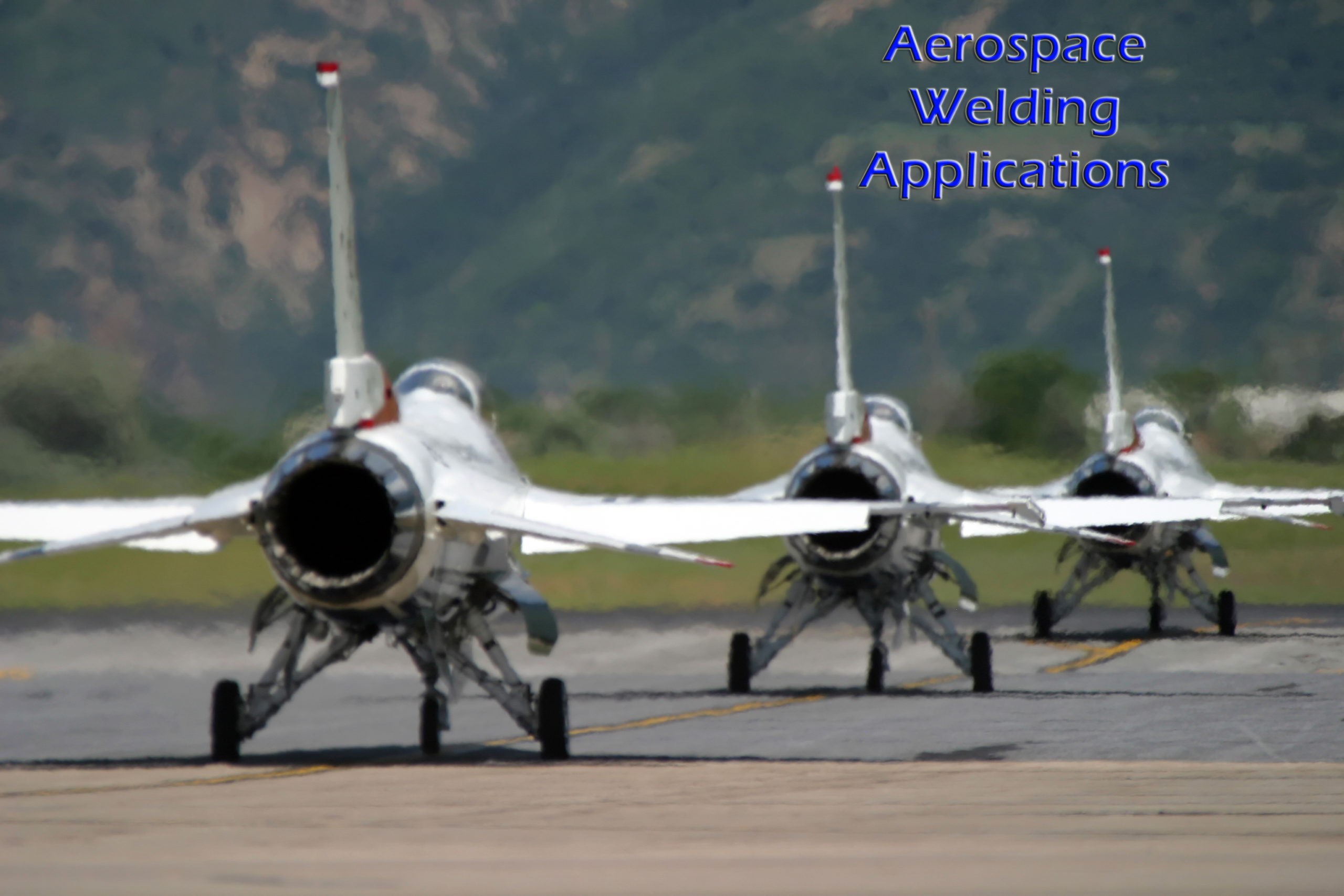
Aerospace welding and brazing is a rapidly growing technical industry.
Over the last century, the aerospace industry has enjoyed a brisk transformation. From those early days of flight, we are now able to traverse the globe with ease, with commercial flights something that many of us take for granted.
However, despite the rapid change in technology and advancements, the use of welding and brazing has remained a core process of the construction and maintenance of aerospace applications. The use of welding helped to propel the aerospace industry forward, and it still plays a crucial part today, which is why we thought we would take a closer look at some of the most common uses for welding and brazing.
What is aerospace welding?
Aerospace welding was an essential part of the construction of early commercial vehicles, and it is still used extensively today. While traditional gas welding was once the most common form, advancements in technology have seen alternatives come to the fore, including electric arc welding, electric resistance welding, and plasma arc welding.
However, while these techniques are used in industries across the globe, the aerospace sector poses a number of unique challenges. The first is that the materials used are often very different from traditional methods, as they need to be incredibly lightweight and sturdy while also being malleable and ductile.
Not only does the aerospace sector utilize rarer materials, but they require very complex joints and designs. Aircraft undergo incredible changes in pressure, which makes other fastening options, such as rivets, unsuitable for use. Many components also need airtight sealing, ensuring uncompromising protection of incredibly expensive equipment, and welding is the only way to guarantee this.
Another major issue that welding helps to overcome is the rapid fluctuations in temperatures. The materials used have high thermal conductivity, which makes traditional methods of welding difficult, so advanced solutions such as electron-beam and laser welding help to ensure that each vehicle is completed to the highest standards.
What is aerospace brazing?
Like welding, aerospace brazing also faces many challenges, particularly as the industry continues to push for higher performance and lower costs. Brazing is used when welding is not a suitable option, and there are typically two main brazing methods utilized in aerospace: torch brazing and induction brazing.
This assembly solution is often chosen when the high temperatures of welding might distort the metal or cause damage to any electrical components. To avoid this, brazing will typically use metals with lower melting points, such as silver, copper, and aluminum.
Brazing can be carried out manually or by machine, depending on the components needing to be joined, and induction brazing is fast becoming a more popular solution. This is due to the cleaner finish that it provides, alongside the faster cycle times and ability to remove the risk of distortion or fatigue.
While welding is used to join two similar metals, brazing gives manufacturers the ability to join dissimilar metals. It can also help to increase joint strength, which is critical for those areas that face extreme pressure or repeated stress. It is also a far more targeted process, making it ideal for smaller spaces, such as engine components, where precision is essential.
Need help with your welding?
Here at Muggy Weld, we have been providing the very best welding and brazing materials to industry professionals and members of the public alike for over 30 years. Our family-owned and operated business is dedicated to offering our customers the very highest quality alloys and electrodes for welding aluminum, white metal, steel, pot metal, and much more.
Want to find out more about how we can help you? Get in touch with our team today!
